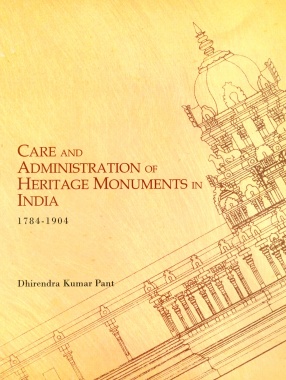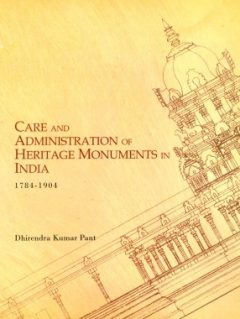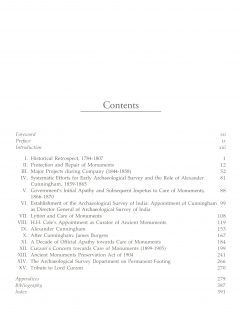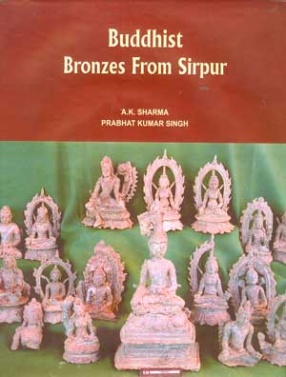Ertainly remarkable were the British efforts to safeguard the monumental heritage of India. The central administration of the Company’s Government and, subsequently, that of Crown not only showed genuine interest in Indian monuments, but also carried out programmes to safeguard its rich cultural past.
For the first time, this book charts the administrative history of the growth and care of heritage monuments: from 1784 to 1904 – the years that are crucial for the development of the history of archaeology in India. The year 1784 saw the establishment of the Asiatic Society of Calcutta that marked the embryonic beginning of a consciousness ‘to explore, document, and preserve’ the ancient heritage of India; while enactment of The Ancient Monuments Preservation Act 1904 saw a culmination of the spirit to ‘dig, discover, and preserve the heritage’. These 120 years witnessed the birth and growth of the ‘archaeological consciousness’ in India and its urge to protect and preserve the monuments by the State leading to a permanent footing of the Archaeological Survey of India.
Based exclusively on the archival records of the National Archives of India, State Archives, and the records of India Office, London, the book chronicles the administrative policy of English East India Company and the British Crown towards India’s heritage monuments: 1784-1904, highlighting the British government’s concern over the neglect of monuments, and how it put together efforts to evolve a definitive policy for arresting their further decay. Offered in fifteen chapters, the study vividly demonstrates the gradual development of a definitive policy towards care of monuments in India. Each chapter is followed by extensive original references. The book focuses specially on the times of Lytton and Curzon, when Archaeology in India received considerable state support and impetus.







There are no reviews yet.